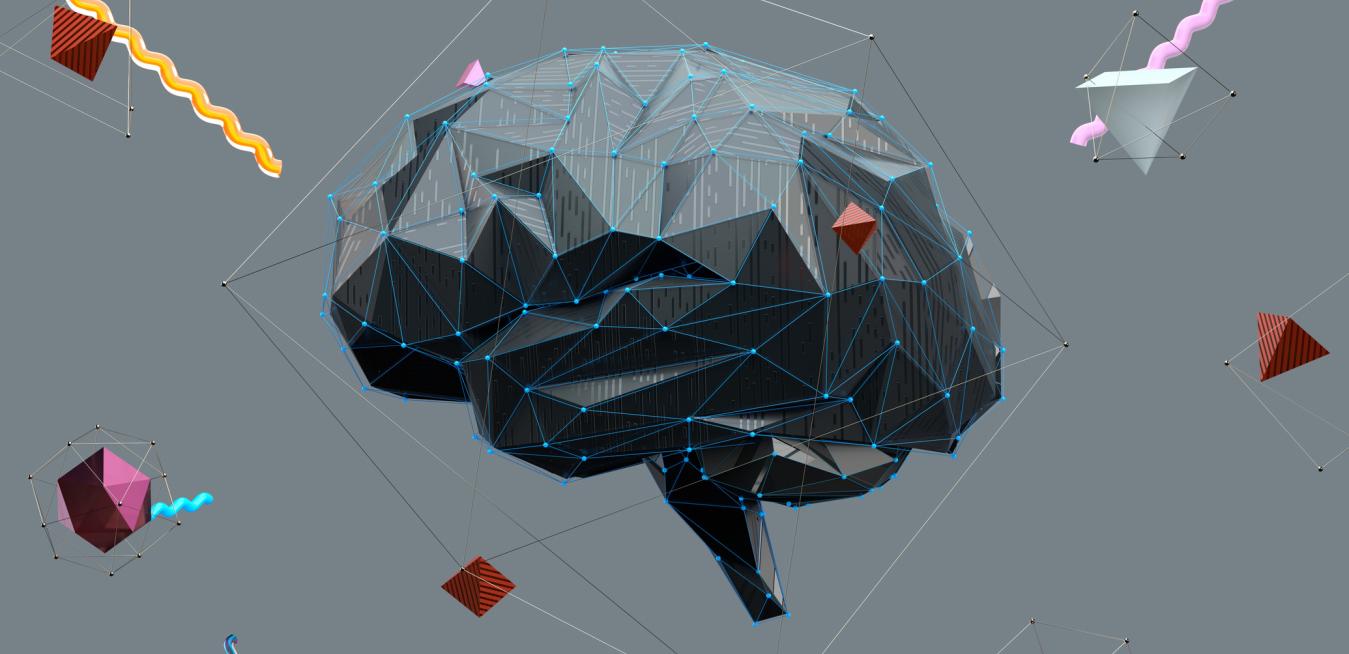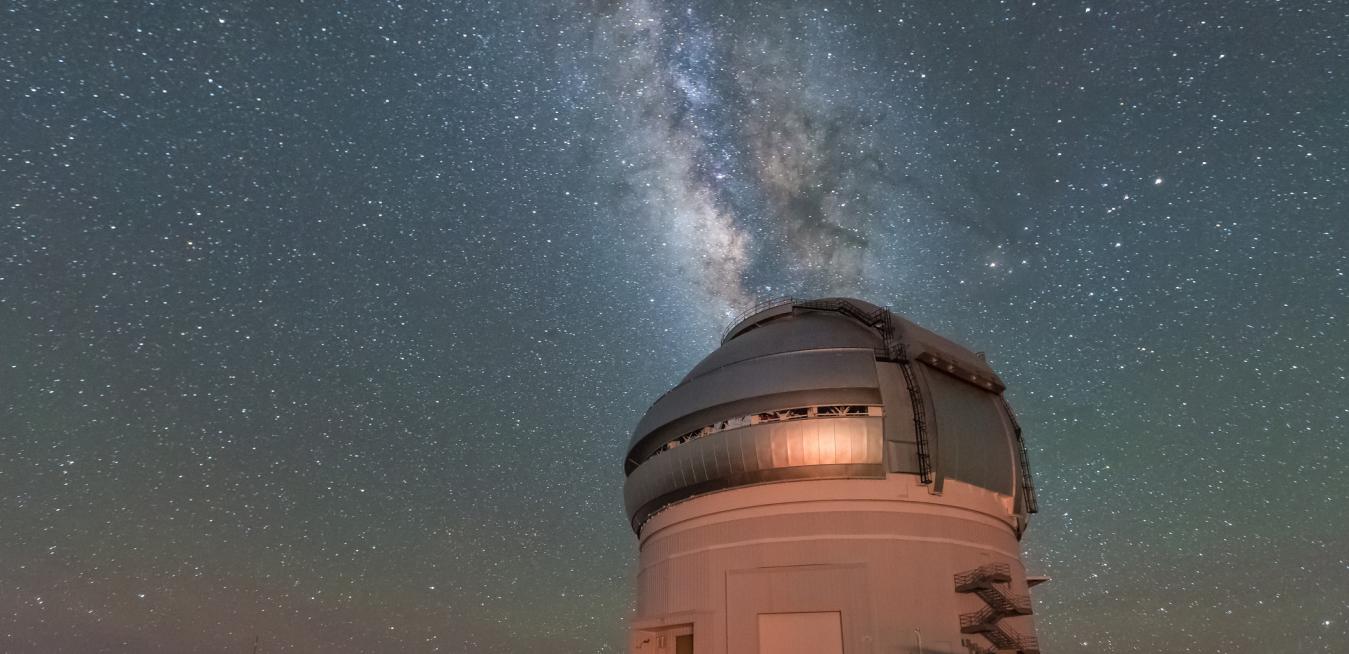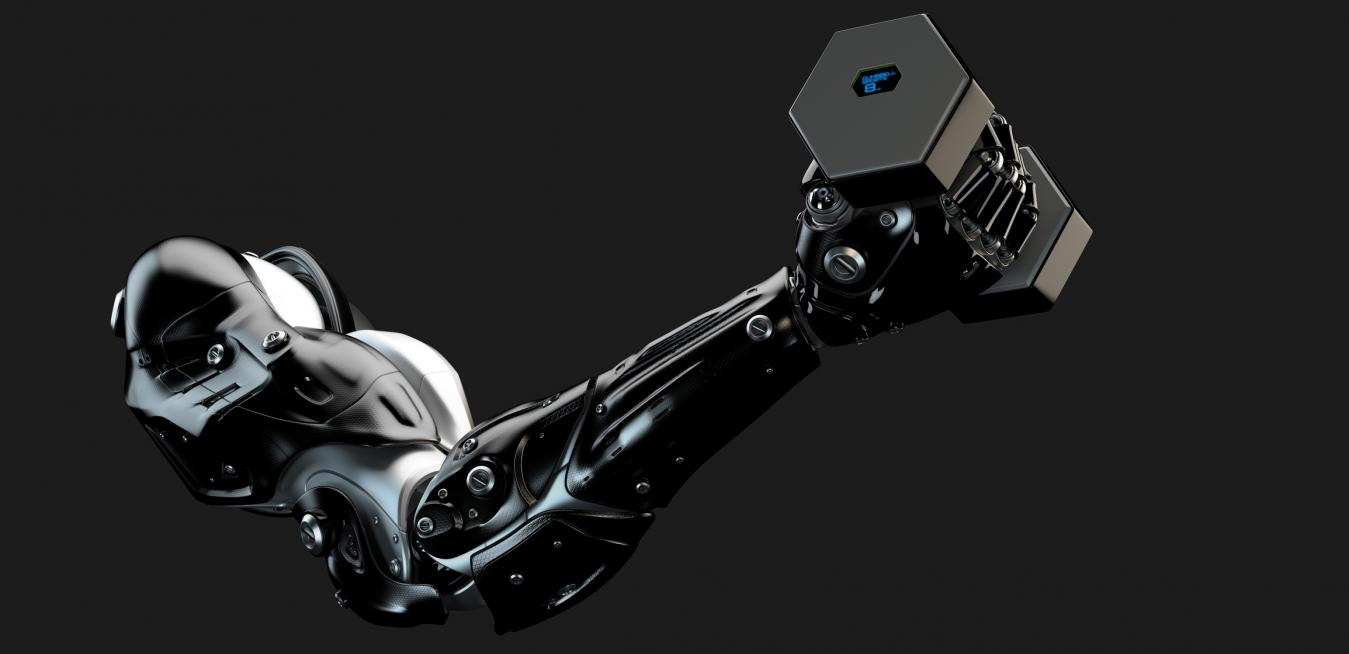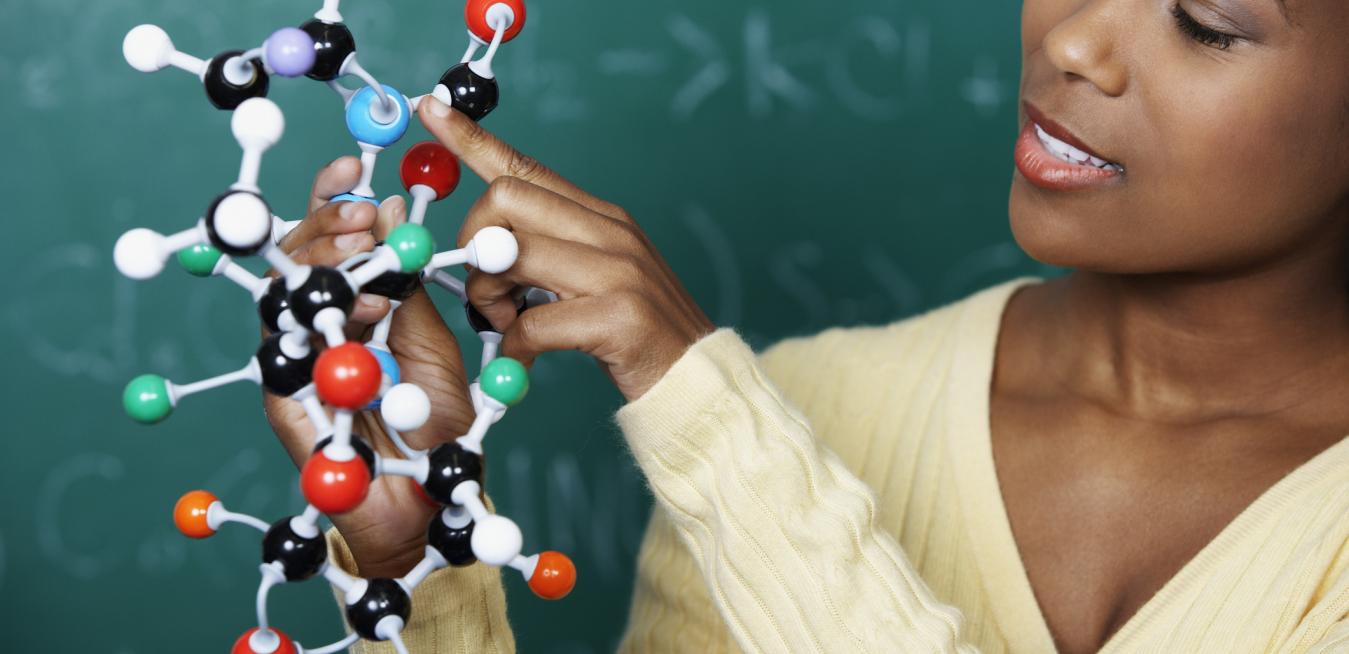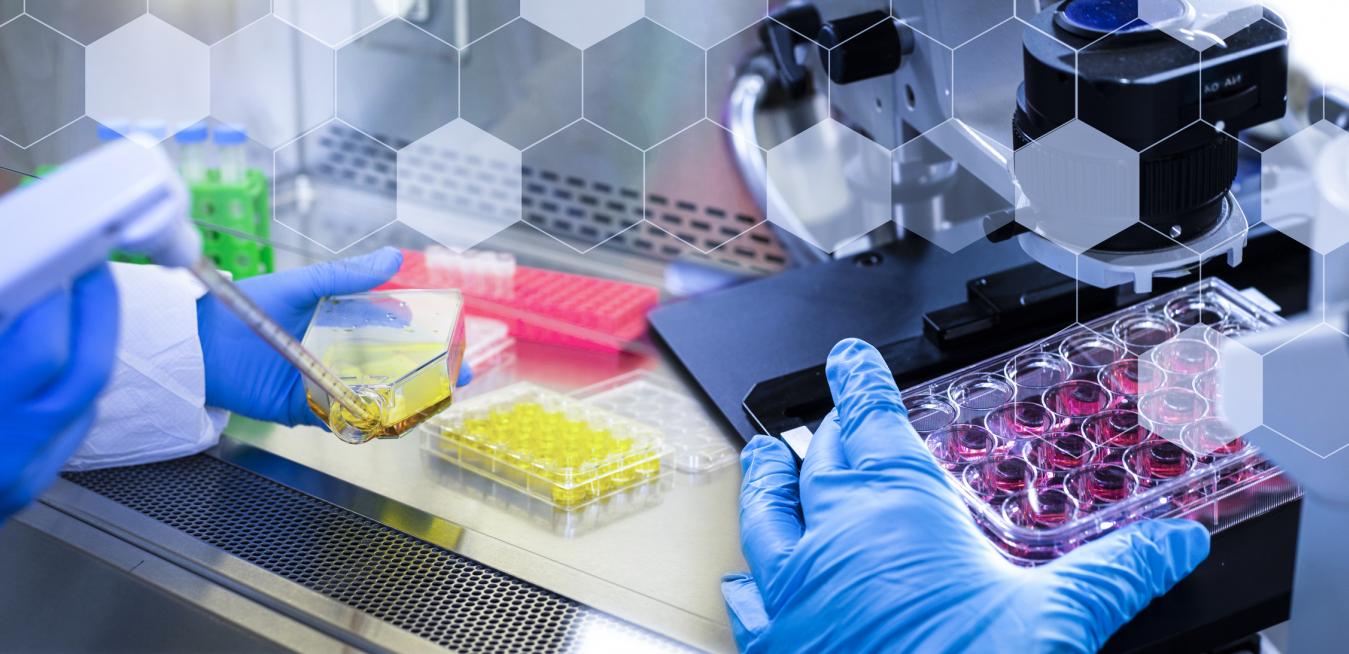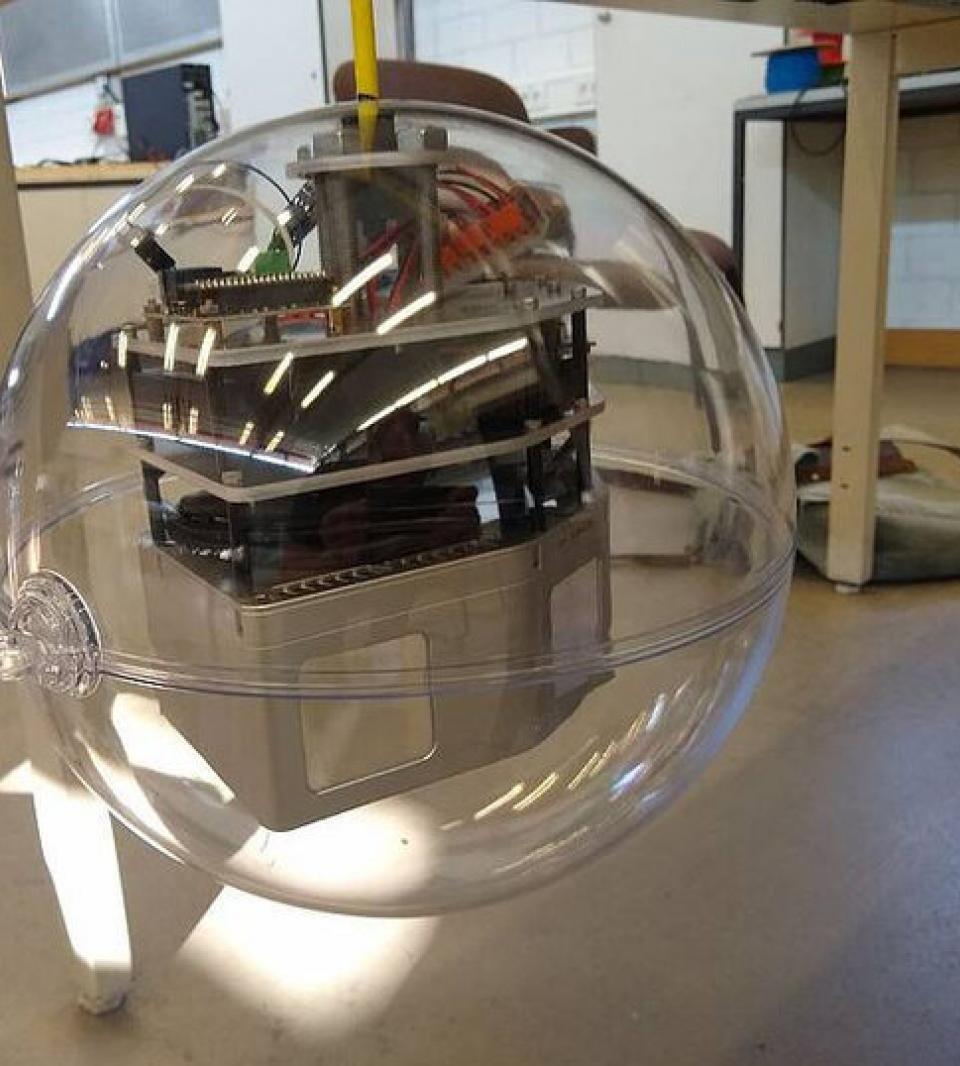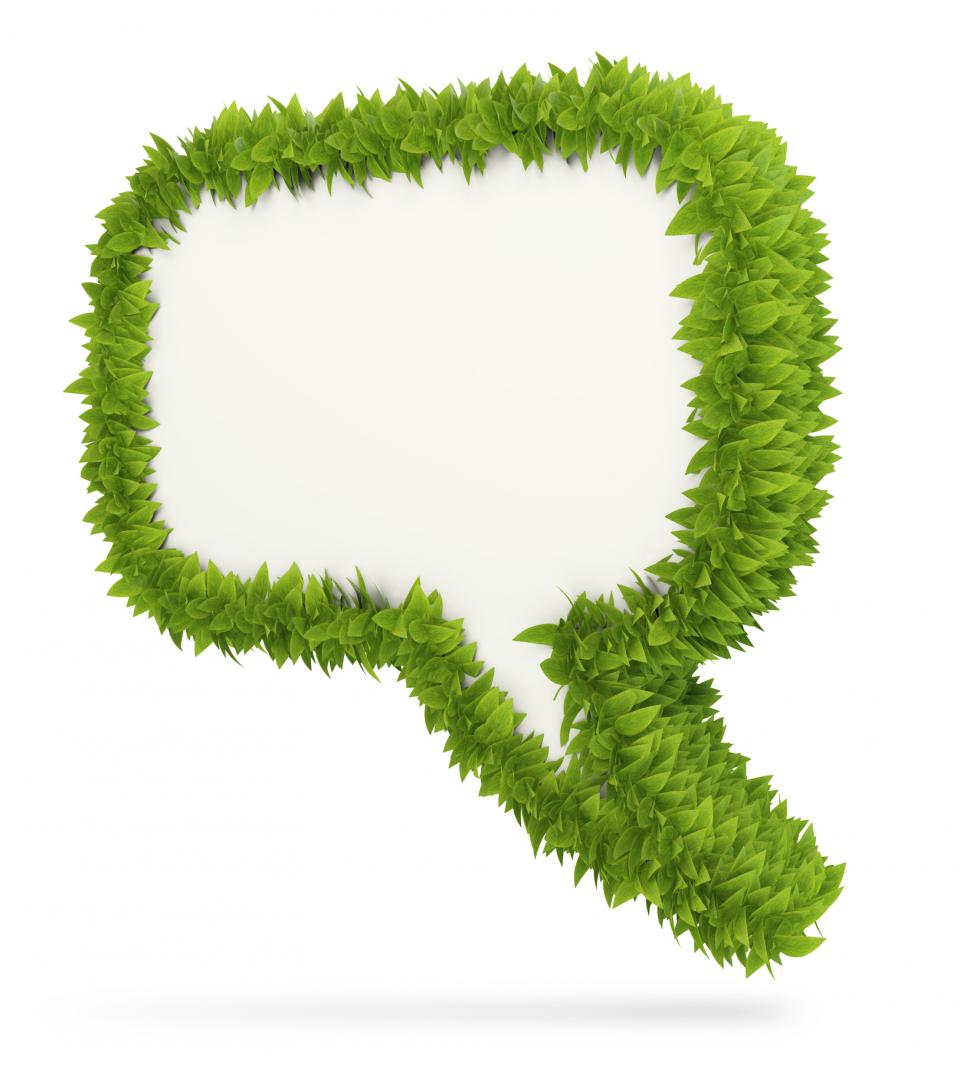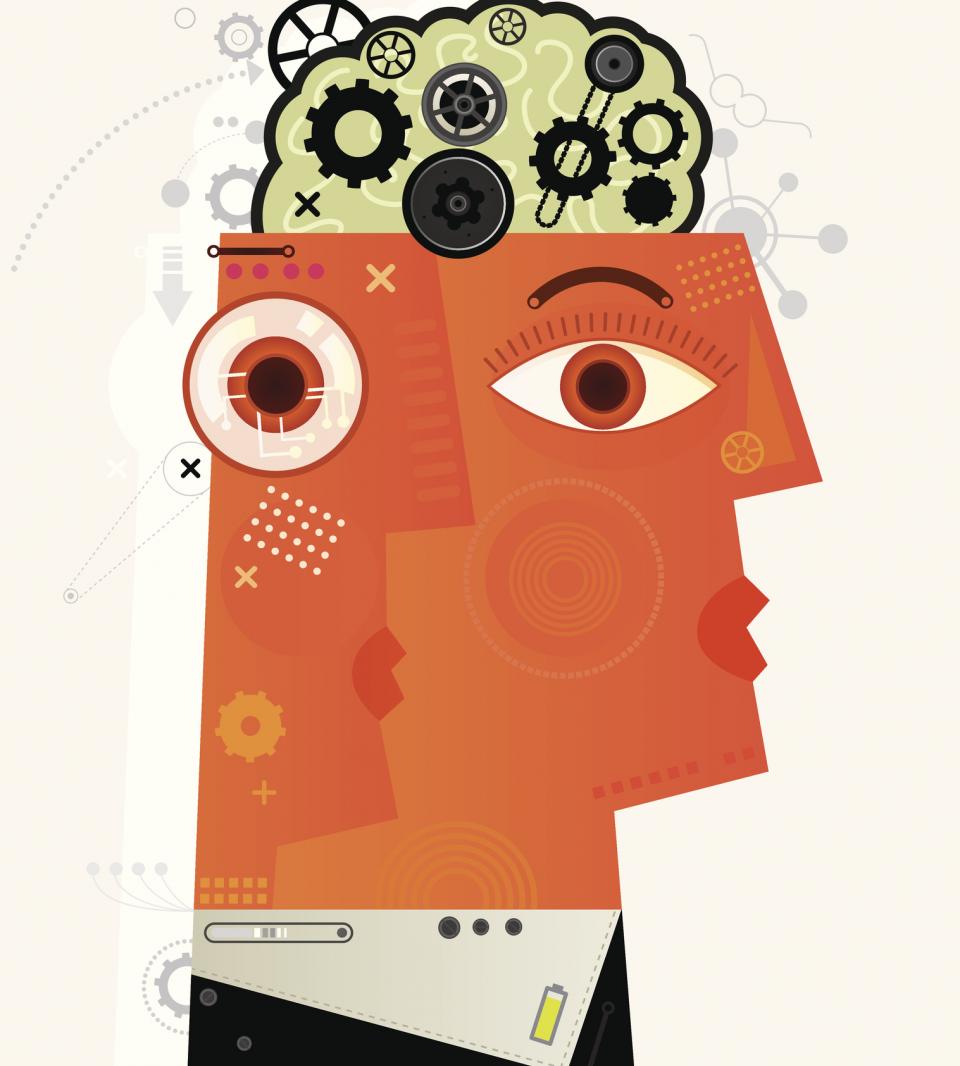A new AI could help people with paralysis write with their thoughts. A cancer therapy tricks tumor cells into destroying themselves. A nanoscale mechanical gear could be the hardest-working artificial molecule. This week’s coolest things are turning science and medicine inside out.
An Earth-size telescope, roads that can charge your EV as you drive, and programmable artificial tissues that could have applications in medicine as well as robotics. This week’s coolest things are looking at the big picture.
Muscles for mini robots inspired by DNA, ultra-white paint that “rejects” heat from rooftops and night-vision goggles that put “The Predator” in its place. This week’s coolest things are winning the game of hide-and-seek.
An antimicrobial coating that kills viruses, then disappears. Rubber that turns to graphene in a flash. Completely reversible gene editing. This week’s coolest things are changing right before our eyes.
Scientists used a blood test to diagnose mood disorders, studied whether ultrasound could crack coronaviruses’ spike proteins, and developed an artificial neural network powered by light rather than electricity. This week’s coolest things are shining bright.
Mind-controlled prosthetics, an AI model that explains itself, and superstrong diamonds that have been shocked, shocked in the lab. This is the beginning of some beautiful science.
Compact robots that map lunar lava tunnels; stealth “neutrobots” that attack brain tumors; and tiny swimming particles that use AI to navigate and could one day deliver drugs. This week’s coolest things may be small, but they’re up for big tasks.
Engineers at MIT showed how ultrasound waves could damage the distinctive spike proteins of the virus that causes COVID-19; scientists at Nanyang Technological University in Singapore have created a device that sends messages to plants through tiny electrodes; and researchers in the Netherlands have grown miniature models of human tear glands in the lab — and then made them cry. This week's coolest things in science are small, but they could have big implications.
A lunar “ark” could help preserve life on Earth, a warp-drive theory eyes space travel at speeds exceeding the speed of light without violating Einstein’s equations and AI-aided holograms could revolutionize gaming and medical imaging. This week’s coolest things are far out, and maybe not so far off.
Robots with sensitive “skin” and hearing, and an algorithm that virtually unfolds sealed letters. This week’s coolest things really get in touch with their feelings.
